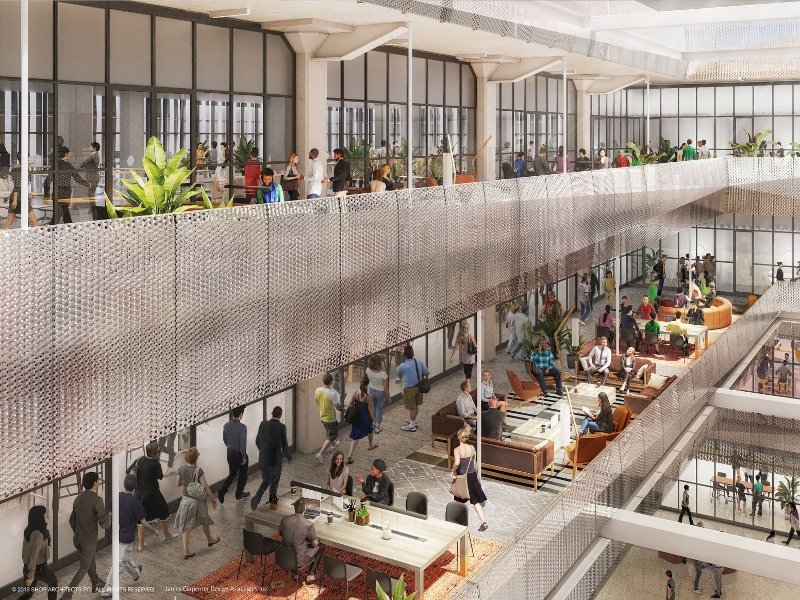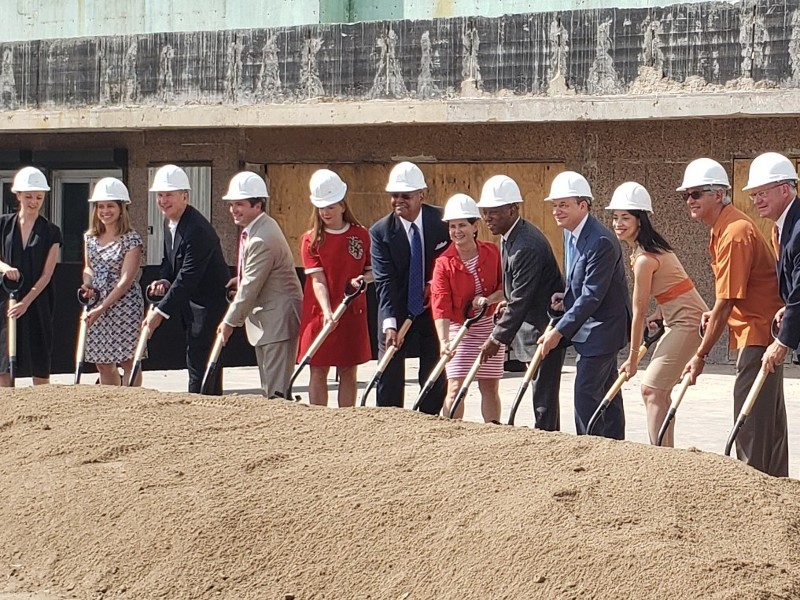The former Sears building on Main Street, Houston, Texas, US, is being transformed into a collaborative innovation hub called The Ion.
The project is part of the 16-acre innovation district in Midtown, which will include public spaces, housing and infrastructure to support the growing technology community.
The innovation centre will enable corporate leaders, educational institutions, investors and entrepreneurial communities to collaborate on new programmes and concepts. The facility will also host job training, demonstrations, hack-a-thons, educational events and academic programming.
A consortium of Rice University, major colleges and small and large businesses in Houston announced the development plan for The Ion innovation hub in April 2018. Texas Southern University joined the consortium in the same month.
Construction on The Ion project began with a ground-breaking ceremony held in July 2019, with completion scheduled for 2021.
The Ion collaboration centre’s name is derived from the Greek word ienai, which means ‘go’.
Ion Innovation District Location
The new facility will replace the 80-year-old four-storey building on 4201 Main Street, Houston, which was home to the city’s first Sears department store.
The building is situated in close proximity to METRORail Red line, bike lanes and pavements. The Texas Medical Center, the Museum District and seven colleges and universities are also situated near the facility.
The 9.4-acre site is owned by Rice Management Company as part of Rice University’s $5.8bn endowment.
The Ion design details
The new design will retain and update the original elements of the old building such as angular corners, towering windows, glass-block windows, decorative tiles and a three-sided storefront.
The metal cladding around the existing structure will be removed to pare down the building to its art deco facade.
A light well will be added to the ceiling at the centre of the building to allow natural light into multiple floors. Large windows will be installed to provide views of the activity inside from the surrounding streetscape.
The new design is optimised to strengthen the building’s resiliency and environmental sustainability.
Amenities at The Ion innovation centre
With a gross floor area of 270,000m², the innovation centre will accommodate various public programmes, including industry lectures, educational classes, networking courses and job training to support all stages of the innovation lifecycle.
Students and professors from Rice University, the University of Houston and other educational institutions will use the facility to collaborate with scientists in Houston.
The facility will also house entrepreneurial workshops, which will allow leading corporations and investors to meet face-to-face with start-up companies. The thought-leadership conferences in the building will help accelerate the innovation, creation and exploration of research initiatives in data sciences.
The building will incorporate dining venues, meeting rooms, business incubation suites and entertainment facilities.
Key contractors involved
US-based architecture and design firms SHoP Architects, James Carpenter Design Associates, James Corner Field Operations and the Houston office of Gensler are providing design and architecture for The Ion innovation centre.
The development is being managed by Hines, a US-based real-estate investment company, on behalf of Rice Management Company, a division of Rice University.
The academic programming for the innovation centre will be provided by a number of educational institutions, including University of Houston, Texas Southern University, the University of St. Thomas, South Texas College of Law Houston, the University of Houston-Downtown, Houston Baptist University, Houston Community College and Lone Star College.
Texas Medical Center will provide digital health initiatives for the facility. Station Houston, a start-up accelerator based in Houston, US, will supervise public programming at The Ion Innovation District.






